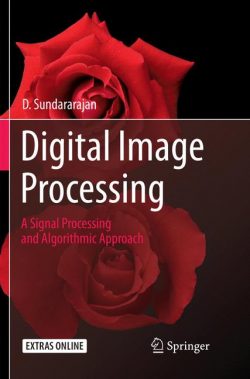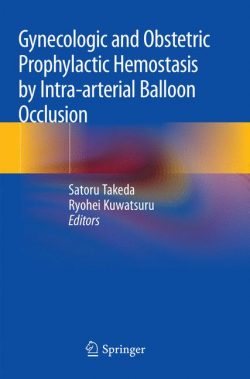This book is a comprehensive guide to dentomaxillofacial imaging in paediatric dentistry and is an excellent resource for both general dental practitioners and paediatric dentists. Radiation protection, radiation doses and potential risks of ionising radiation are discussed, to provide dentists with appropriate information when they are asked about these important issues in their practice. Technical information about X-ray machines, ranging from the intraoral machine to the medical computed tomography machine, as well as the differences between digital image detectors, are explained to the extend a (pediatric) dentist should know. The latter is important to understand why certain exposure settings are used and what the advantages or disadvantages are of the machines and the image detectors. Non-ionising radiation techniques, magnetic resonance imaging and ultrasonography, are also explained, as well are their applications in the field of dentomaxillofacial radiology. Knowing which imaging technique will provide the best diagnostic images possible, is key to every clinical case a dentist is faced with. A wide range of clinical examples are displayed in this book, ranging from incidental findings to malignant pathology. All are illustrated with radiographic material and explained, in order to give the reader a good sense of what to look for when assessing radiographs in the dentomaxillofacial field
Preamble.- 1. x-ray equipment in dental practice.- 2. radiation protection in dentistry.- 3. intraoral radiography in pediatric dental practice.- 4. extraoral radiography in paediatric dental practice.- 5. additional imaging techniques in paediatric dental practice.- 6. incidental radiographic findings in pediatric dental practice.- 7.common dental anomalies in paediatric dental practice.- 8. different types of dysplasia in paediatric dental practice.- 9. examples of common cystic lesions in pediatric dental practice.- 10. examples of congenitally acquired pathology in pediatric dental practice.- 11. examples of dento-alveolar traumatology in pediatric dental practice.
Johan Aps is currently Associate Professor at the University of Western Australia, where his post includes Discipline Lead of Dentomaxillofacial Radiology, Director of the DClinDent Dentomaxillofacial Radiology programme, and Divisional Head of Oral Diagnostic and Surgical Sciences. He obtained his dental degree (1993), his Certificate in Paediatric Dentistry and Dentistry for Special Needs Patients and Narcodontia (1997) and his PhD (2002) from Ghent University, Belgium. In 2008 he obtained a Masters degree in Dental and Maxillofacial Radiology from the University of London, United Kingdom. He has worked before in private dental practice in Belgium (1993 – 2004), Ghent University and Ghent University Dental Outpatient Hospital in Belgium (1993 -2012), and at the School of Dentistry of the University of Washington in Seattle, USA (2012 – 2018). Johan is also an Associate Editor for the Official Journal of the International Association of DentoMaxillofacial Radiology (IADMFR), and reviewer and/or editorial board member for several other peer-reviewed journals. He has published several scientific papers, and book chapters and has presented his work at numerous international scientific meetings. Being dual trained in paediatric dentistry and dental and maxillofacial radiology, and a recipient of several scientific and teaching awards, make him a frequently asked speaker at scientific meetings.
This book is a comprehensive guide to dentomaxillofacial imaging in paediatric dentistry and is an excellent resource for both general dental practitioners and paediatric dentists. Radiation protection, radiation doses and potential risks of ionising radiation are discussed, to provide dentists with appropriate information when they are asked about these important issues in their practice. Technical information about X-ray machines, ranging from the intraoral machine to the medical computed tomography machine, as well as the differences between digital image detectors, are explained to the extend a (paediatric) dentist should know. The latter is important to understand why certain exposure settings are used and what the advantages or disadvantages are of the machines and the image detectors. Non-ionising radiation techniques, magnetic resonance imaging and ultrasonography, are also explained, as well are their applications in the field of dentomaxillofacial radiology. Knowing which imaging technique will provide the best diagnostic images possible, is key to every clinical case a dentist is faced with. A wide range of clinical examples are displayed in this book, ranging from incidental findings to malignant pathology. All are illustrated with radiographic material and explained, in order to give the reader a good sense of what to look for when assessing radiographs in the dentomaxillofacial field
Covers all aspects of intra- and extraoral radiographic techniques
Provides detailed information on X-ray equipment and radiation protection
Explains when to refer to an imaging center
Includes numerous real patient images illustrating the appearances of different pathologies
Covers all aspects of intra- and extraoral radiographic techniques
Provides detailed information on X-ray equipment and radiation protection
Explains when to refer to an imaging center
Includes numerous real patient images illustrating the appearances of different pathologies




